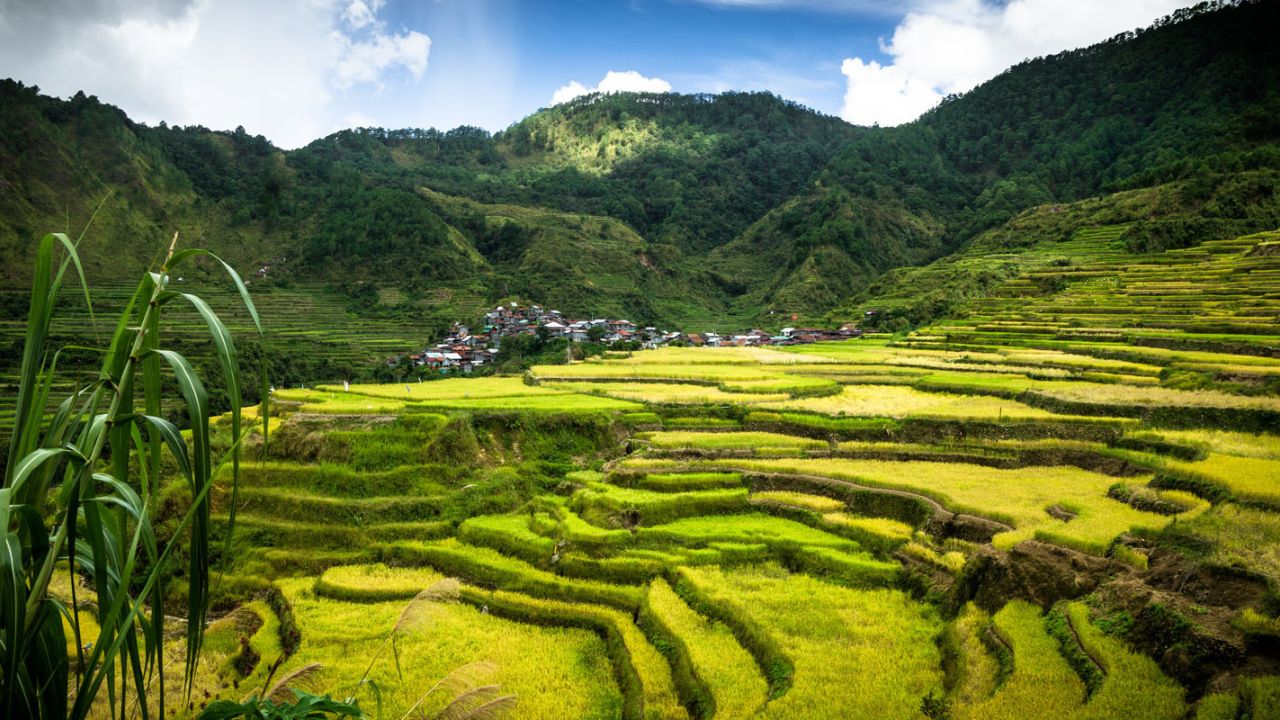The Origins of Tourism in the Philippines

Curious about how tourism in the Philippines began? This beautiful country, with its stunning beaches, lush landscapes, and rich culture, has long been a magnet for travelers. The roots of tourism here stretch back to the Spanish colonial period when explorers and traders first arrived. Over time, the Philippines became a popular stop for those seeking adventure and new experiences. The 20th century saw a boom in visitors, especially after World War II, as infrastructure improved and the world became more connected. Today, the Philippines continues to draw millions of tourists each year, eager to experience its natural wonders and vibrant traditions. Understanding the history of tourism in this archipelago offers insights into how it has evolved into a beloved destination for many.
The Birth of Tourism in the Philippines
Tourism in the Philippines has a rich history, shaped by its diverse culture, stunning landscapes, and warm hospitality. Let's explore some key places that played a significant role in the development of tourism in this beautiful archipelago.
Manila: The Gateway to the Philippines
Manila, the capital city, has always been a central hub for travelers. Its strategic location and vibrant culture make it a must-visit destination.
Intramuros: Known as the "Walled City," Intramuros is a historic district that showcases Spanish colonial architecture. Walking through its cobblestone streets feels like stepping back in time.
Rizal Park: This iconic park is a tribute to the national hero, José Rizal. It's a popular spot for both locals and tourists to relax and enjoy cultural events.
Manila Bay: Famous for its stunning sunsets, Manila Bay has been a favorite spot for evening strolls and harbor cruises.
Cebu: The Queen City of the South
Cebu is known for its rich history and beautiful beaches. It was one of the first places in the Philippines to attract international tourists.
Magellan's Cross: Planted by Portuguese explorer Ferdinand Magellan, this cross marks the arrival of Christianity in the Philippines.
Basilica Minore del Santo Niño: This church houses the oldest religious relic in the country, the Santo Niño de Cebu, attracting pilgrims and tourists alike.
Kawasan Falls: A natural wonder, these multi-tiered waterfalls are perfect for swimming and canyoneering adventures.
Baguio: The Summer Capital
Baguio, with its cool climate and scenic views, became a popular retreat for locals and visitors seeking respite from the tropical heat.
Burnham Park: A sprawling green space in the heart of Baguio, perfect for boating, biking, and picnics.
Mines View Park: Offers breathtaking views of the surrounding mountains and valleys, a favorite spot for photographers.
Baguio Cathedral: Known for its beautiful architecture and serene ambiance, this cathedral is a landmark in the city.
Boracay: The Island Paradise
Boracay's powdery white sand beaches and crystal-clear waters have made it a top destination for beach lovers worldwide.
White Beach: Famous for its pristine sand and vibrant nightlife, White Beach is the heart of Boracay's tourism.
Puka Shell Beach: A quieter alternative to White Beach, known for its unique puka shells and tranquil atmosphere.
Mount Luho: The highest point on the island, offering panoramic views of Boracay and its surrounding waters.
Palawan: The Last Frontier
Palawan's untouched beauty and diverse ecosystems have earned it a reputation as one of the world's best islands.
Puerto Princesa Underground River: A UNESCO World Heritage Site, this underground river is a natural wonder that attracts adventurers and nature lovers.
El Nido: Known for its stunning limestone cliffs and hidden lagoons, El Nido is a paradise for island hopping and snorkeling.
Coron: Famous for its shipwreck diving sites and vibrant coral reefs, Coron offers a unique underwater experience.
Vigan: A Glimpse of the Past
Vigan, a UNESCO World Heritage Site, is a well-preserved example of a Spanish colonial town, offering a glimpse into the country's past.
Calle Crisologo: A cobblestone street lined with ancestral houses, perfect for a leisurely stroll or a calesa ride.
Bantay Bell Tower: Offers panoramic views of Vigan and its surrounding countryside, a popular spot for history buffs.
Syquia Mansion: A historic house museum that provides insight into the lifestyle of the Filipino elite during the Spanish colonial period.
Reflecting on the Roots of Philippine Tourism
Tourism in the Philippines has a rich history that has shaped its vibrant culture and economy. From early Spanish colonization to modern-day attractions, the country's diverse landscapes and warm hospitality have always drawn visitors. The Philippines offers a unique blend of natural beauty, historical sites, and cultural experiences that captivate travelers. Understanding the origins of tourism here helps appreciate the country's growth and potential.
The Philippines continues to evolve as a top destination, with efforts to preserve its heritage while embracing sustainable practices. This balance ensures that future generations can enjoy its wonders. As you plan your next adventure, consider exploring the Philippines to experience its rich history and breathtaking landscapes. Whether it's the stunning beaches, lush mountains, or vibrant cities, the Philippines promises an unforgettable journey. Embrace the spirit of adventure and discover the beauty that awaits in this remarkable archipelago.

